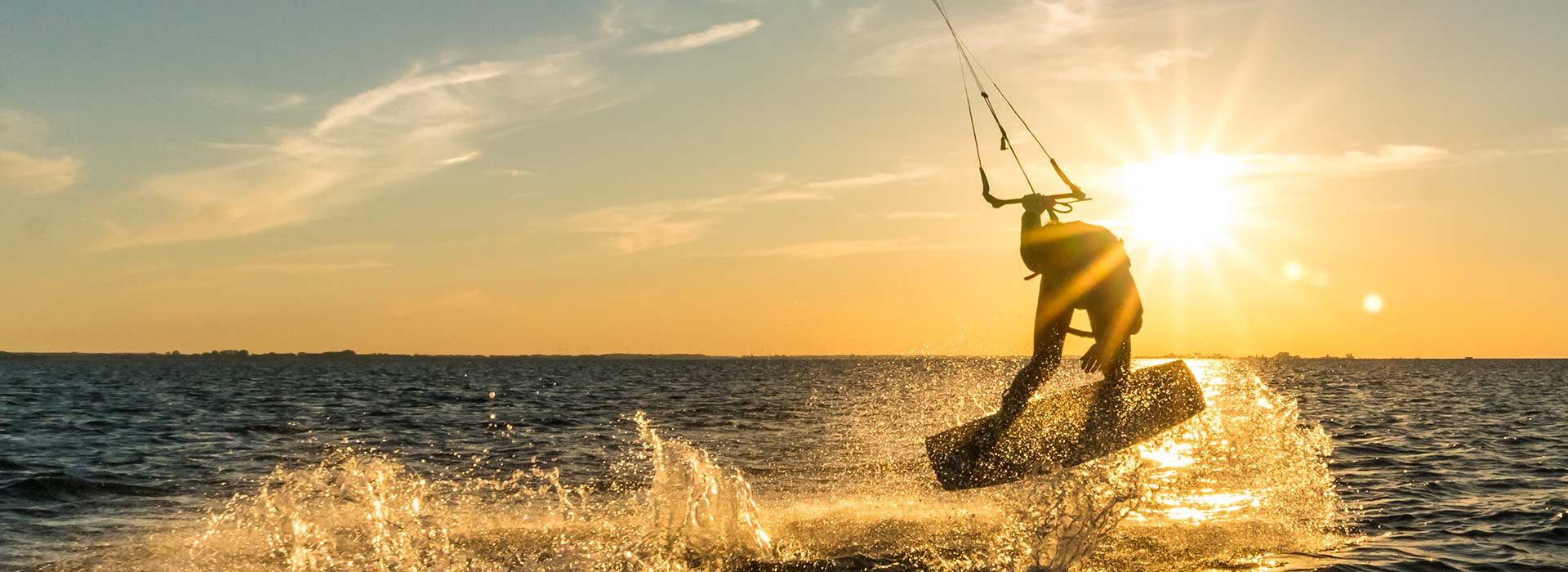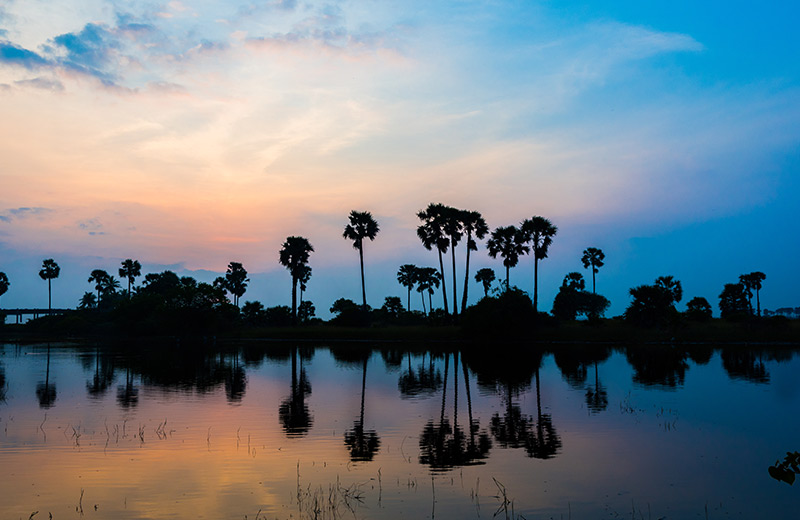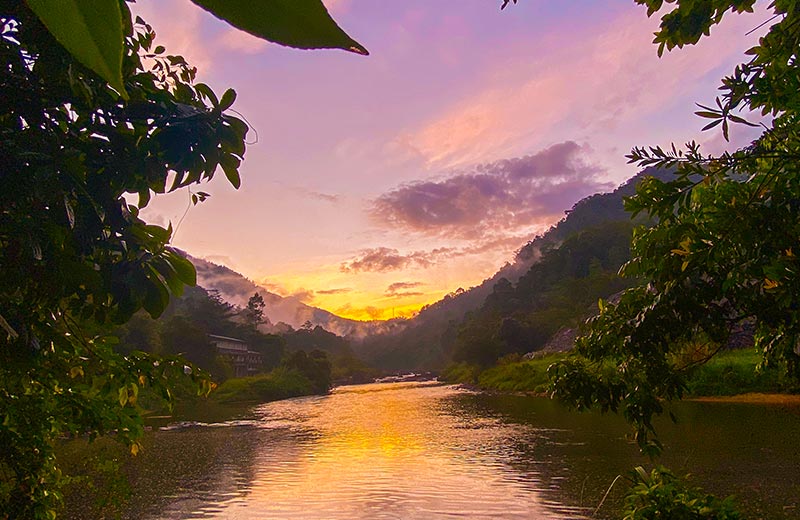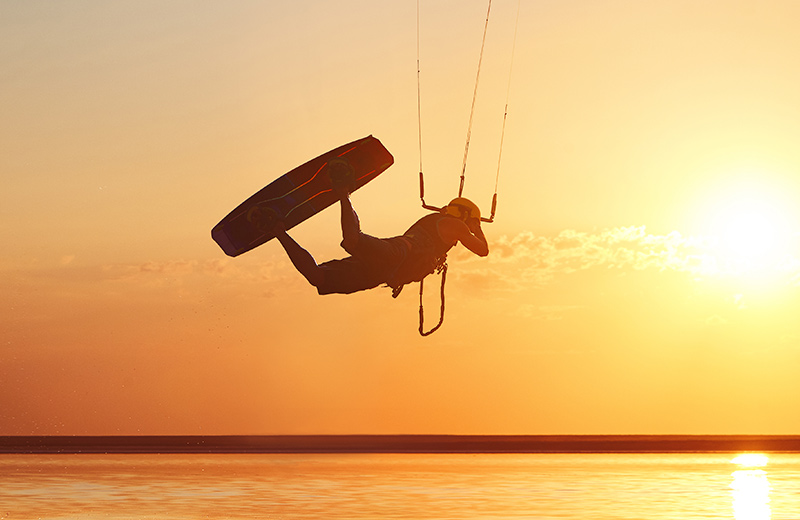Feeling Adventurous? Try These Things in Sri Lanka
From thrilling water sports to stunning hiking trails, Sri Lanka is waiting for you with its next adventure. Home to some of the world’s best and most beautiful destinations, the island beckons the adventurous traveller to explore and engage in the most exciting excursions. Whether you’re rafting down white water rapids in Kitulgala or hiking Adam’s Peak, here are a few of the fun and adventurous things to try in Sri Lanka.
White Water Rafting in Kitulgala
The picturesque town of Kitulgala may look serene and tranquil at first glance, but most know that it is one of the best places in the country for white water rafting excursions on the Kelani River. The area is famously known for being featured in the Academy-Award-winning movie, The Bridge on the River Kwai, which was filmed more than 50 years ago. Located around 95 kilometres away from Colombo, the rapids of Kitulgala have been graded between a 2 and a 3 – offering adventure seekers excitement and thrills, at a safe level.
Battle the rapids on your white water rafting excursion when you’re visiting Kitulgala. With numerous adventure centres to choose from, an experienced guide will provide you with the necessary equipment to ensure you have a fun and safe excursion.
The best months for white water rafting are between the months of May and December. Do avoid visiting during the monsoon months or when it’s raining as the rapids get too dangerous to navigate.
If it’s your first time travelling to Kitulgala, here’s our guide to help solo travellers.
Kitesurfing in Kalpitiya
Kalpitiya is one of the most ideal locations in the world for kitesurfing, and certainly the best one in Sri Lanka. With shallow waters on wide lagoons, the area is great for kitesurfing beginners – while the waves in the ocean across the sandbar provide ideal conditions for more advanced riders to enjoy.
Located in the Puttalam district around 165 kilometres north of Colombo, there are two kitesurfing seasons in Kalpitiya. The primary peak season lasts from May to October, however, the secondary season between mid-December and mid-March is also great for kitesurfers. The conditions during both these periods are warm and dry, but the major difference between the times of year is the change in wind direction.
Numerous kitesurfing schools in the area will provide all necessary equipment for you to embark on your adventure! If you need more help, check out our beginner’s kite surfing guide that is a MUST read!
Diving in Mirissa
Mirissa is popular for its large stretch of sandy beach, scrumptious seafood restaurants, the iconic Coconut Tree Hill, whale-watching excursions and the abundance of dive sites located off its golden coast. All in all, it’s the perfect town for adventure seekers!
A bustling town set on the southern tip of the island, Mirissa is home to six different diving spots, each of which provides a unique experience. Lopsta Point, for example, is better suited for new divers, while Aththalaba Point is the better pick for multilevel dives and spotting turtles. Other dive sites include Napolian Point, Diyambagala Point, Godagala Point and Reef Point; the latter being most suitable for underwater photographers!
The best time to visit Mirissa and dive in the warm, tropical waters around the southern coast is between December and March, as the seas are calm and visibility is at its best.
If you’re backpacking across the island, here are some popular places to visit after Mirissa.
Climbing up Adam’s Peak
This mountain in Sri Lanka’s central highlands is considered a holy site in Buddhism, Hinduism, Christianity and Islam, most notably because of the footprint-shaped indentation at its summit, believed to be that of Adam’s.
The climb up Adam’s Peak is a strenuous one, and requires you to have a moderate level of fitness in order to reach its stunning summit. The climb can take around 3.5 hours to reach the top, with steep and uneven steps along the way. Travellers are encouraged to start their hike by 2am in order to reach the peak just in time for sunrise, as the changing weather patterns after day break can make it much harder to climb.
The pathways are lined with local vendors selling quick snacks, tea and water along the way; make sure to keep yourself hydrated and wear appropriate clothing and footwear. While you can climb throughout the year, the best time to traverse this sacred mountain is between December to May; during the dry season.



